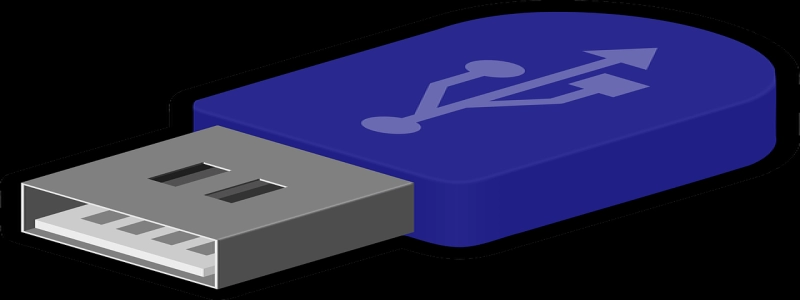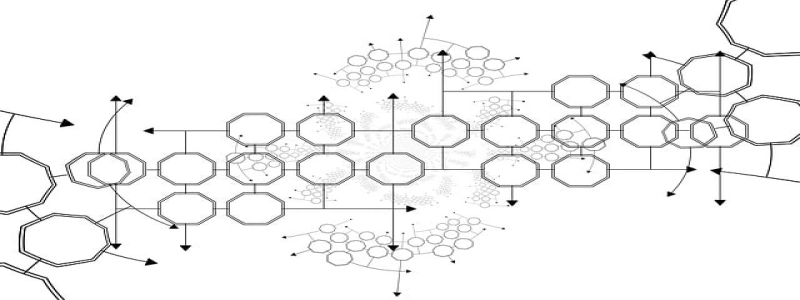Single Mode vs Multimode Fiber
Introduction:
In the world of fiber optic cables, there are two main types that are commonly used: single mode and multimode fibers. These fibers differ in terms of their transmission capabilities and are used for different purposes. Dans cet article, we will explore the differences between single mode and multimode fiber and discuss their advantages and disadvantages.
je. Single mode fiber:
Single mode fiber, as the name implies, allows only one mode of light to propagate through the core of the fiber. This type of fiber has a smaller core diameter, typically around 8 to 10 micrometers. Due to its smaller core size, single mode fiber offers higher bandwidth and longer transmission distances compared to multimode fiber.
Advantages of single mode fiber:
1. Longer transmission distances: Single mode fiber can transmit signals over much longer distances, reaching up to several kilometers without any signal degradation. This makes it ideal for long-haul applications such as telecommunications.
2. Higher bandwidth: Single mode fiber has a larger bandwidth capacity, allowing for higher data transmission rates. This is advantageous in applications that require high-speed data transfer, such as in data centers and large-scale networks.
3. Immunity to modal dispersion: Single mode fiber is not susceptible to modal dispersion, a phenomenon where multiple light rays take different paths and arrive at different times, causing signal loss. This ensures better signal quality and reliability.
Disadvantages of single mode fiber:
1. Coût: Single mode fiber is generally more expensive than multimode fiber due to the higher precision required during manufacturing and installation.
II. Multimode fiber:
Unlike single mode fiber, multimode fiber allows multiple modes of light to propagate through the core simultaneously. It has a larger core diameter, typically around 50 to 62.5 micrometers. Multimode fiber is primarily used for shorter-distance applications within buildings and local area networks (LAN).
Advantages of multimode fiber:
1. Cost-effective: Multimode fiber is cheaper to produce and install compared to single mode fiber. This makes it more suitable for shorter distance applications where cost is a significant factor.
2. Ease of installation: The larger core size of multimode fiber makes it easier to work with during installation. It is less sensitive to alignment issues, reducing the chances of signal loss during installation.
Disadvantages of multimode fiber:
1. Limited transmission distances: Due to modal dispersion, multimode fiber has limited transmission distances compared to single mode fiber. Typically, multimode fiber can transmit signals up to a few hundred meters without significant signal degradation.
2. Lower bandwidth: Multimode fiber has a lower bandwidth capacity compared to single mode fiber. This can be a limiting factor in applications that require high-speed data transfer.
Conclusion:
En résumé, single mode fiber and multimode fiber have their own advantages and disadvantages. Single mode fiber offers longer transmission distances, higher bandwidth, and better signal quality but comes at a higher cost. D'autre part, multimode fiber is cost-effective and easy to install but has limited transmission distances and lower bandwidth. The choice between single mode and multimode fiber depends on the specific requirements of the application and budget considerations.







